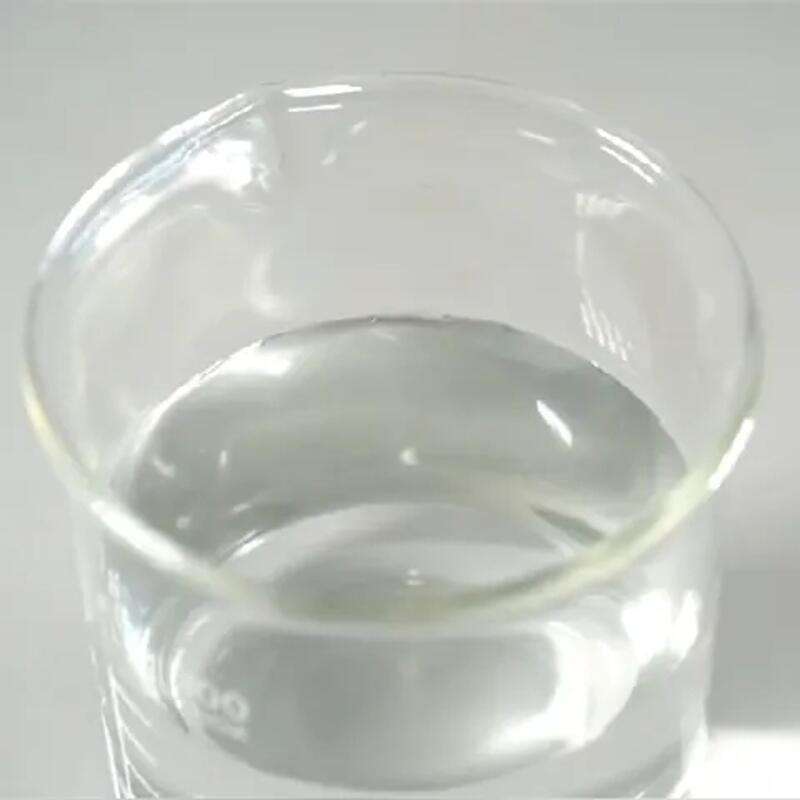-
Categories
-
Pharmaceutical Intermediates
-
Active Pharmaceutical Ingredients
-
Food Additives
- Industrial Coatings
- Agrochemicals
- Dyes and Pigments
- Surfactant
- Flavors and Fragrances
- Chemical Reagents
- Catalyst and Auxiliary
- Natural Products
- Inorganic Chemistry
-
Organic Chemistry
-
Biochemical Engineering
- Analytical Chemistry
-
Cosmetic Ingredient
- Water Treatment Chemical
-
Pharmaceutical Intermediates
Promotion
ECHEMI Mall
Wholesale
Weekly Price
Exhibition
News
-
Trade Service
Trimebutine maleate is a drug compound that is used to treat a variety of medical conditions, including pain, inflammation, and fever.
The production process for trimebutine maleate involves several steps, including synthesis, purification, and formulation.
In this article, we will explore the details of each of these steps and how they contribute to the final product.
Step 1: Synthesis of Trimebutine
The first step in the production process of trimebutine maleate is the synthesis of trimebutine.
This involves the use of chemical reactions to create the drug compound from its individual components.
The specific synthesis process for trimebutine can vary, but it typically involves the use of chemical reagents and solvents to create the desired compound.
Step 2: Purification of Trimebutine
After the trimebutine has been synthesized, it must be purified to remove any impurities that may have been introduced during the synthesis process.
This is typically done through a series of chromatography techniques, such as column chromatography or high-performance liquid chromatography (HPLC).
These techniques use a mixture of solvents and adsorbents to separate the trimebutine from any other compounds that may be present.
Step 3: Formulation of Trimebutine Maleate
Once the trimebutine has been purified, it is typically formulated with other compounds to create a final product that is suitable for use in patients.
In the case of trimebutine maleate, the trimebutine is formulated with maleic acid to create the final compound.
This is typically done through a process called salt formation, in which the trimebutine is converted into a salt with maleic acid.
This process helps to stabilize the compound and make it more soluble in water, which is important for its absorption by the body.
Step 4: Quality Control
The final step in the production process of trimebutine maleate is quality control.
This involves testing the final product to ensure that it meets all necessary standards for purity, potency, and stability.
This can involve a range of tests, including chromatography, spectroscopy, and microbiological testing.
Any products that fail to meet these standards are typically rejected and the production process is repeated until a satisfactory product is produced.
Conclusion
The production process of trimebutine maleate involves several steps, including synthesis, purification, formulation, and quality control.
Each of these steps is essential to the creation of a final product that is safe and effective for use in patients.
By understanding the details of this process, it is possible to ensure that the final product meets all necessary standards for quality and safety.







